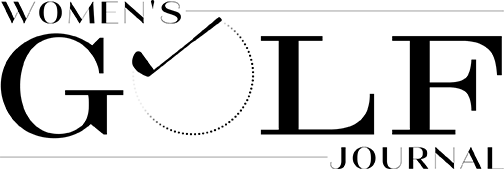
Play It Safe In Golf
Golf can hurt—and we’re talking about more than egos, which are universally bruised by the game. According to the experts at Cleveland Clinic, more than half of all golfers will experience a golf-related injury at some point, and these are beyond the non-golf-related injuries that can be exacerbated by the game (i.e., people aggravating an existing problem by playing golf when they should be resting). Most golf-related injuries are due to the game’s repetitious nature and the extent that muscles and joints are employed during the swing—and this is where we come to the good part, because the chance of injuring yourself can be greatly lessened by adjusting your swing and by better conditioning your body.
Maybe you have a bad swing, one that’s fundamentally flawed and which puts unnecessary pressure on your muscles and joints. Maybe your swing has always been great but your body is changing and so it’s time to adjust your game as well. Maybe you don’t warm up properly, don’t properly prepare your muscles and joints for the stress of golf. Maybe it’s something else. Cleveland Clinic offers a Golf Smart program that evaluates and addresses (and rehabilitates, if necessary) health issues that have been noticed in relation to the game. It’s something worth noting because the hospital is one of the country’s best, and so if the team there has taken the time to design a golf-specific program, this is a real issue—and it’s primarily an issue for amateurs.
Need evidence? One study in the late 1990s compared injury patterns between LPGA players and amateur female golfers. The most frequently reported injury sites in the LGPA players were the left wrist (over 30%), the low back (over 20%) and the left hand (approximately 10%). The amateurs reported a slightly different pattern of injury involving the elbow (over 35%), the low back (almost 30%) and the shoulder (over 15%). Overuse appeared to account for the vast majority of the injuries in both populations while poor swing mechanics were implicated in only the amateurs. Both groups reported injuries from hitting the ground (taking a divot) and twisting during a swing, though both were more common in the amateur golfers.
For anyone who has swung a club herself and then carefully watched a professional execute the same task, it is probably not surprising at all that injuries may be very different depending upon the experience and skill of the golfer. What is common across the sport is the fact that the biomechanics of the swing truly affect multiple areas of the body and in a notably asymmetric way. This is important to consider when conditioning for golf as one should aim for increased strength and flexibility in the areas generating movement and power through the swinging motion but also to “undo” the asymmetry by balancing out joints and muscles moving in the opposite manner.
Consult your health care provider if you feel your swing is impacting your health, and it’s a good idea to consult with him or her about developing a wellness plan to improve your general conditioning and flexibility for the game as well. But also have a conversation with your golf pro and talk about how you might make your swing more fluid and less impactful on your muscles and joints. With more than half of us facing a golf-related injury at some point, it makes sense to be proactive about getting your body in shape for the game—and about getting your game in shape for your body.
For more information, visit clevelandclinic.org
LPGA Injuries
Left wrist 31.1%
Lower back 22.4%
Left hand 9%
Left knee 6%
Left elbow 4.5%
Foot 4.5%
Right wrist 4.5%
Right shoulder 4.5%
Left shoulder 3%
Ribs 3%
Ankle 3%
Cervical spine 1.5%
Right Elbow 1.5%
Groin 1.5%
Amateur females
Elbow 35.4%
Lateral 27.4%
Medical 8.1%
Lower back 27.4%
Shoulder 16.1%
Hand/wrist 14.5%
Knee 11.3%
Ankle 8.1%
Ribs 4.8%
Hip 3.2%
Neck 1.6%
Forearm 1.6%
